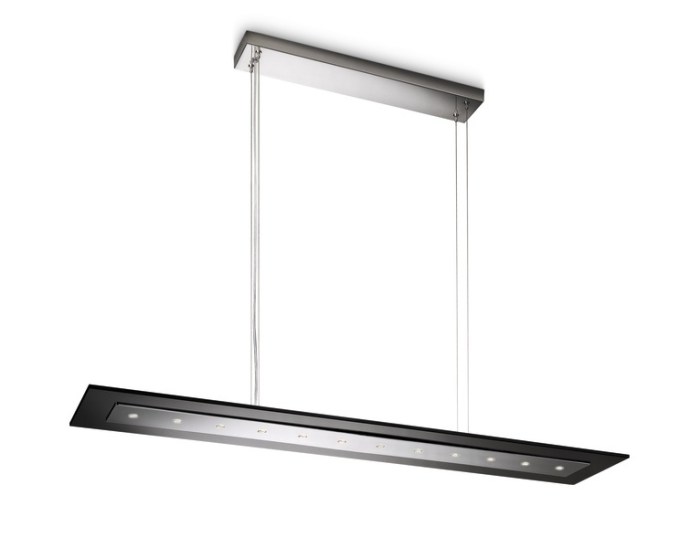Embarking on an exploration of the conversion between miles and yards, we delve into the intricacies of distance measurement, uncovering the relationship between these units and their significance in various fields. At the heart of our inquiry lies the question: how many yards are in 72.5 miles? Join us as we unravel the formula, explore practical applications, and trace the historical evolution of distance measurement.
Venturing beyond the confines of theoretical calculations, we will uncover the practical implications of distance conversion in diverse disciplines such as transportation, engineering, and land surveying. By understanding the nuances of unit conversion, we empower ourselves to make informed decisions and ensure accuracy in planning and execution.
Conversion Basics

Distance conversion is the process of changing the unit of measurement for a given distance. It is an important skill in many fields, including engineering, surveying, and navigation.
The relationship between miles and yards is as follows:
mile = 1,760 yards
This means that 72.5 miles is equal to 72.5 – 1,760 = 127,600 yards.
Real-World Examples
Distance conversion is necessary in many real-world scenarios, such as:
- Calculating the distance between two cities
- Determining the length of a road
- Measuring the distance of a race
- Converting between different units of measurement for speed, such as miles per hour and kilometers per hour
Conversion Formula and Calculations

Converting miles to yards and vice versa involves understanding the relationship between these two units of distance. The conversion formula is crucial for performing these conversions accurately.
Conversion Formula
- Miles to Yards: 1 mile = 1,760 yards
- Yards to Miles: 1 yard = 0.0005682 miles
Step-by-Step Conversion Process
To convert 72.5 miles to yards, follow these steps:
- Multiply the distance in miles by the conversion factor: 72.5 miles x 1,760 yards/mile = 127,600 yards
- The result is the distance in yards: 127,600 yards
Sample Conversions
| Miles | Yards |
|---|---|
| 1 | 1,760 |
| 5 | 8,800 |
| 10 | 17,600 |
| 25 | 44,000 |
| 50 | 88,000 |
Applications and Implications
Distance conversion plays a crucial role in various fields, from transportation and engineering to land surveying. Accurate distance conversion is essential for planning, decision-making, and ensuring the smooth operation of these industries.
Transportation
In transportation, distance conversion is vital for calculating travel times, fuel consumption, and route optimization. For example, airlines use distance conversion to determine flight paths and fuel requirements, while trucking companies rely on it to plan efficient routes and calculate shipping costs.
Engineering
In engineering, distance conversion is used in the design and construction of infrastructure projects. For instance, civil engineers use distance conversion to calculate the length of bridges, tunnels, and roads, while mechanical engineers use it to design engines and other machinery.
Land Surveying
In land surveying, distance conversion is essential for accurately measuring and mapping land parcels. Surveyors use distance conversion to determine the boundaries of properties, calculate land areas, and create detailed maps.
Units of Measurement and Context

Distance is a fundamental physical quantity that measures the length or separation between two points. Different units of measurement are used to quantify distance, each with its own advantages and applications. Understanding the context and purpose of distance measurements is crucial for choosing the appropriate unit and ensuring accuracy in calculations and interpretations.
Relative Sizes of Distance Units
The most commonly used units of distance in the world are the meter (m) in the metric system and the mile (mi) in the imperial system. Other units include the kilometer (km), centimeter (cm), and inch (in).
- 1 kilometer (km) = 1,000 meters (m)
- 1 mile (mi) = 1,609.344 meters (m)
- 1 centimeter (cm) = 0.01 meters (m)
- 1 inch (in) = 2.54 centimeters (cm)
Importance of Context
The choice of distance unit depends on the context and purpose of the measurement. For example, in scientific research, the metric system is typically used for its precision and ease of conversion. In everyday life, miles or kilometers may be more appropriate for distances related to travel or geography.
Impact on Accuracy and Interpretation
Using the appropriate unit of measurement is essential for accuracy. Converting between different units can introduce errors if not done correctly. Moreover, the choice of unit can influence the interpretation of results. For instance, a distance of 10 kilometers may seem significant in the context of a marathon, but it may not be as noticeable in the context of a road trip.
Historical Perspective and Evolution: How Many Yards Are In 72.5 Miles
The measurement of distance has a rich history that spans several millennia, influenced by cultural, technological, and practical factors. From ancient civilizations to modern scientific advancements, the evolution of distance units reflects the human quest for precision and standardization.
Factors Influencing Unit Development, How many yards are in 72.5 miles
- Trade and Commerce:The need for consistent and reliable distance measurements was crucial for trade and transportation, facilitating fair transactions and efficient logistics.
- Exploration and Surveying:As civilizations expanded and explored new territories, accurate distance measurements became essential for mapping, navigation, and land allocation.
- Scientific Inquiry:The pursuit of knowledge and understanding of the physical world drove the development of precise distance measurement techniques, particularly in astronomy and physics.
- Cultural and Geographic Factors:Local customs and traditions often influenced the adoption of specific distance units, resulting in a wide variety of measurements across different regions.
Technological Advancements and Standardization
Technological advancements have played a pivotal role in improving the accuracy and standardization of distance measurements. From the invention of measuring tools like the odometer and theodolite to the development of satellite-based navigation systems like GPS, technological innovations have revolutionized the way we measure distances.
Standardization efforts have also been instrumental in establishing uniform distance units. International agreements, such as the International System of Units (SI), have defined and standardized the meter as the fundamental unit of length, ensuring global consistency and comparability of measurements.
Helpful Answers
What is the formula for converting miles to yards?
To convert miles to yards, multiply the distance in miles by 1760.
How many yards are in 72.5 miles?
There are 132,000 yards in 72.5 miles.
What are the practical applications of distance conversion?
Distance conversion is used in various fields, including transportation, engineering, and land surveying, to ensure accurate planning and execution.